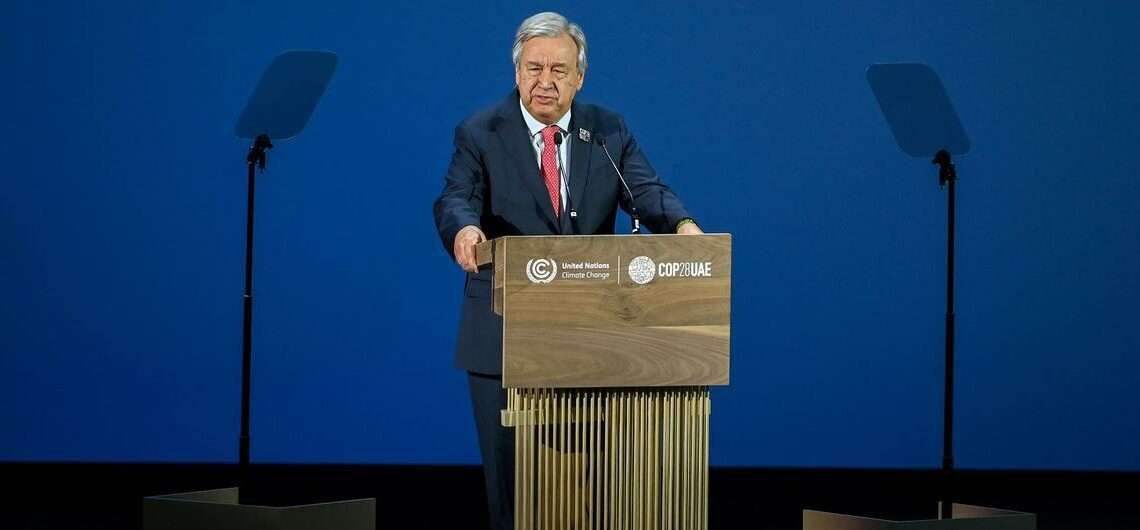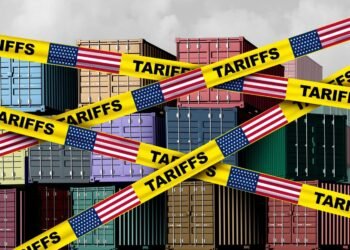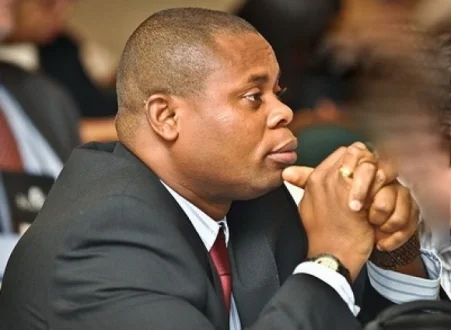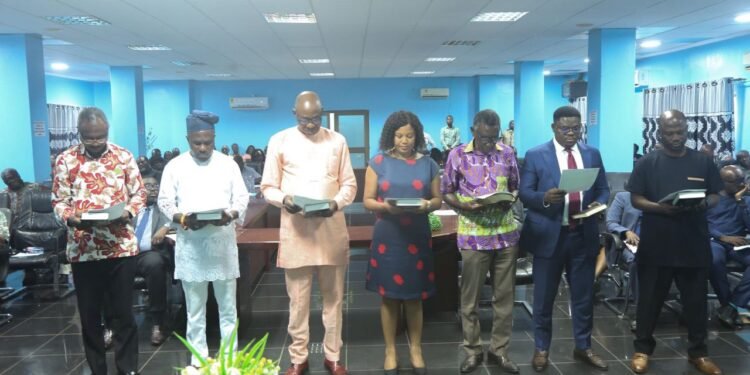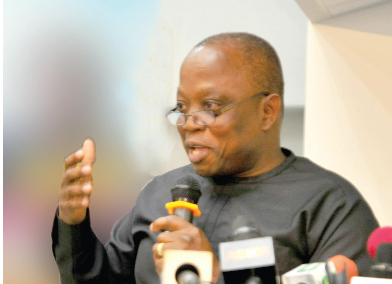As the world grapples with an escalating climate crisis marked by unprecedented floods in Spain, violent storms in Florida, and wildfires tearing through South America, attention turns to COP29 in Baku, Azerbaijan, beginning November 11. A recent UN report has warned that global temperatures are nearing the 1.5°C threshold above pre-industrial levels.
Without significant and immediate cuts to greenhouse gas emissions, experts predict temperature rises of 2.6 to 3.1°C this century, paving the way for even more catastrophic weather events.
What COP29 Aims to Achieve
The UN Climate Change Conference, known as COP (Conference of the Parties), serves as the principal global platform for climate negotiations, bringing together nearly every nation to discuss and decide on measures to combat the crisis.
These annual gatherings are vital for international collaboration to limit global temperature rise, foster adaptation for vulnerable communities, and set a path toward net-zero emissions by 2050.
This year’s COP is particularly critical as it will focus on formulating a new climate finance goal. The aim is to ensure that all nations have the resources to significantly curb greenhouse gas emissions, bolster climate resilience, and manage the repercussions of climate change.
Discussions will center on mobilizing the trillions of dollars required to assist developing countries in mitigation efforts and adapting to environmental damage already done.
Calls for Action by Global Leaders
In the lead-up to COP29, the UN Secretary-General, António Guterres, has made urgent calls for collective action. He has stressed the need for the G20, the world’s leading economies and biggest emitters, to spearhead efforts to meet emission targets and curb global warming.
Guterres has also spotlighted the flaws in the current international financial architecture, describing it as “entirely unfit for purpose” in addressing modern challenges. With many developing countries burdened by unsustainable debt levels, there is little room to invest in critical social services or the transition to low-carbon economies.
A major focus during COP29 will also be on advancing discussions from the UN Summit of the Future held earlier this year. The summit emphasized reforming financial systems to better support climate resilience, a priority echoed by global leaders and negotiators who seek solutions that enable sustainable development.
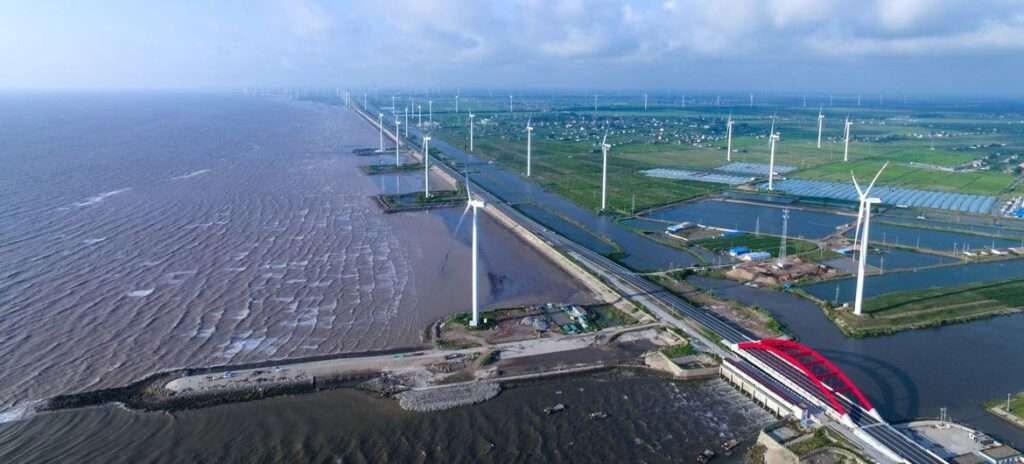
A Unique Platform for Change
The structure of COP29, as with previous conferences, includes both a Green Zone and a Blue Zone. The Green Zone is an inclusive space run by the COP29 Presidency, open to the public and hosting discussions among business leaders, scientists, Indigenous communities, and youth activists.
The Blue Zone, managed by the UN, is where the detailed negotiations take place. Here, representatives from across the world work to reach consensus on new agreements, often navigating last-minute disputes that can extend talks beyond official deadlines.
These meetings are not without their drama, but they remain crucial. While the final agreements often fall short of the most ambitious goals, they represent a collective, consensus-driven commitment by the world’s nations to address the climate crisis.
This consensus approach, despite its limitations, ensures that countries align on baseline standards for climate action, gradually advancing international cooperation.
The Clock is Ticking
The sense of urgency surrounding COP29 is palpable. As climate-fueled disasters multiply, the conference’s outcomes could shape how nations respond to a warming planet that is increasingly testing the resilience of communities worldwide.
Success in Baku would mean a step forward in securing financial commitments and agreements that translate into real-world action — reducing emissions, safeguarding vulnerable populations, and building a more sustainable future.
As the international community gathers, the hope is that world leaders will rise to the challenge, leveraging this platform to turn pledges into progress and help stave off the direst scenarios outlined in climate projections.
READ ALSO: 16% of Voter Bases Crucial Battleground to Decide December Elections

